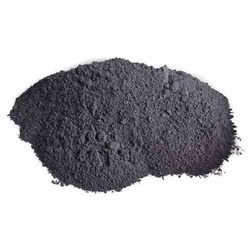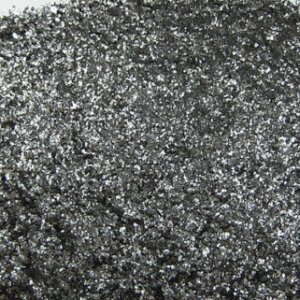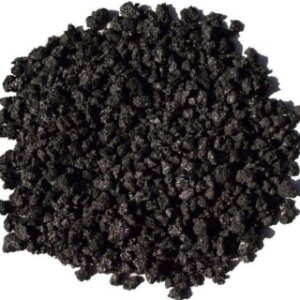Description
All graphite grades and types for any solutions and any industries
Amorphous graphite is a natural mineral. Contrary to the name, amorphous graphite is not truly amorphous, but is a microcrystalline form of natural graphite. It is granular except in extremely fine grinds, which have a flakey structure.
The term “amorphous” is applied to this form of natural graphite. Material is available in sizes ranging from mixed 1 cm and smaller particles to 10 cm lumps.

Characteristics
| Percent Carbon | 60 – 99.9 % |
| Particle Size Range | -3/4 — 5 microns |
Specifications
Appearance |
Massive lumps with flat fracture cleavage. |
Applications |
|
Packing of amorphous graphite
lump form like rock packed in 500 ~ 1000kg jumbo bag
200 mesh packed in 500 ~ 1000kg jumbo bag
300 mesh packed in 500 ~ 1000kg jumbo bag
30-40 mesh packed in 500 ~ 1000kg jumbo bag
100 mesh packed in 500 ~ 1000kg jumbo bag
300 mesh packed in 25kg pp bag
200 mesh packed 25kg multi paper bag
200 mesh packed 50lbs multi paper bag
30-40 mesh packed pp bag on pallet
Bulk on vessel
About amorphous graphite
The term “amorphous graphite” is a contradiction in terms All graphite is crystalline by definition, therefore it is impossible for graphite to be amorphous. However, the term was applied due the anhedral (no visible crystallinity) morphology of this form of graphite.
To the untrained eye a piece of amorphous graphite simply looks amorphous”, like a lump of anthracite coal. However, it is much denser than anthracite, 2.2g/cc vs. 1.7g/cc, and is soft and lubricious. A much better descriptive term for this substance would be “microcrystalline graphite” or “cryptocrystalline graphite”.
Both of these geological terms are used to describe a mineral which is composed of crystals so small that they cannot be resolved with either the naked eye or through standard optical microscopy techniques.
However, the material is not glassy, there are crystals present. A good analogy to more common mineral specie would be the microcrystalline form of quartz known as chert. Amorphous graphite is to flake graphite and vein graphite as chert is to crystal quartz.
The photo, below right, is a polarized light micrograph of amorphous graphite showing a mineral inclusion in the fine grain amorphous graphite background mass. (Polarized Light Image courtesy of J. Crelling, SIU)
Amorphous Graphite:
Amorphous graphite is a seam mineral, not to be confused with a vein mineral. It is formed by the metamorphism of previously existing anthracite coal seams. Proto-coal organic carbon is deposited and converted into anthracite coal followed by low grade metamorphism of the coal.
This results in the formation of microcrystalline graphite. Regions where this process occurs may consist of zones where anthracite deposits occur adjacent to graphite deposits. This phenomenon is indicative of localized metamorphism or contact metamorphism.
Contact metamorphism is metamorphism that is the result of localized contact between the agent of metamorphism (magma intrusion, local tectonic stress, etc.) and the body being metamorphosed A good example of this type of graphite formation is the amorphous graphite deposits of Sonora, Mexico.
In these deposits the graphite affecting agent has been identified as swarms of dikes that intruded the area.Dikesare intrusions of magma that are tabular in shape, and cut across the structure of the country rocks.
Looking for more information on our products and capabilities?



